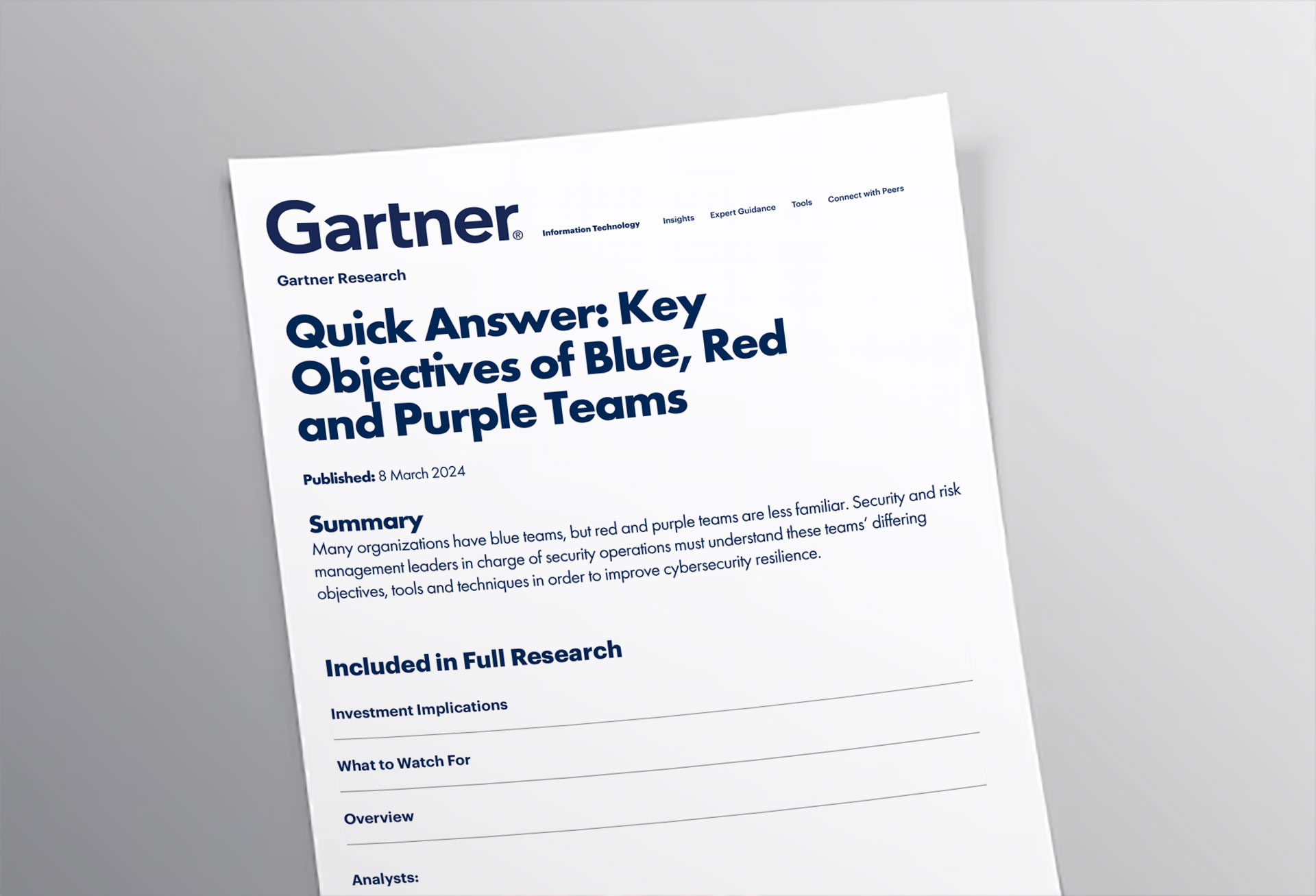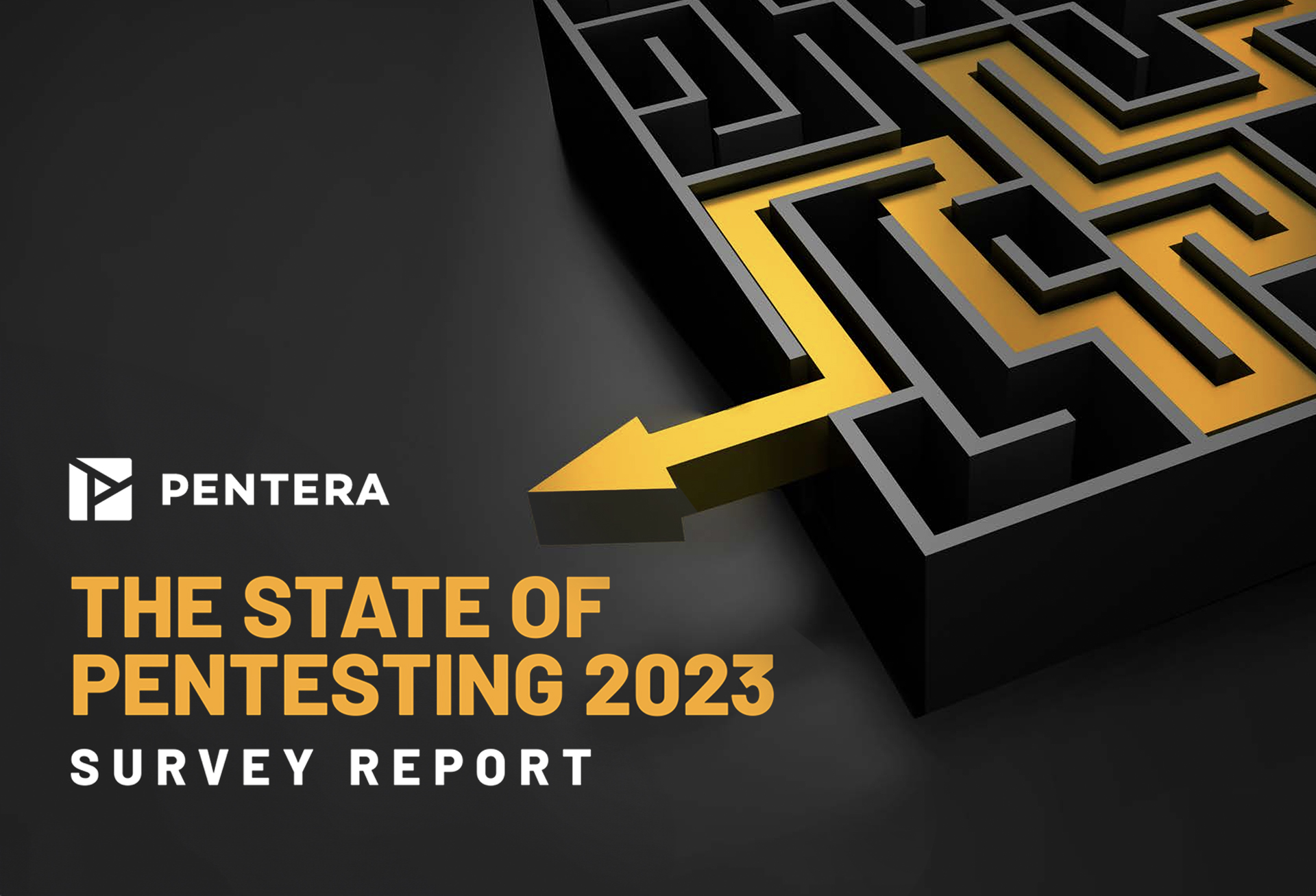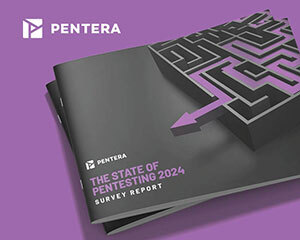Would you believe that 49% of all data breaches involve passwords? The Verizon Data Breach Investigations Report highlights that stolen or weak passwords remain one of the most exploited attack vectors. In 2024 alone, there were 3,158 reported data breaches, affecting 1.7 billion user accounts, with compromised passwords playing a key role in many of them. Consumer Affairs reports that six mega-breaches accounted for 85% of these notices, emphasizing the growing threat of credential-based attacks.
Weak passwords also contribute to the increasing success of malware-based password theft. Forbes revealed that more than 1 billion passwords were stolen by malware in 2024, showing how attackers continuously refine their methods. Despite heightened awareness, simple and reused passwords remain a major problem. In fact, Secureframe reports that the most commonly used password in 2024 was still “123456,” which can be cracked in less than a second.
The good news is that implementing strong password security practices significantly reduces the risk of credential stuffing, brute-force attacks, and ransomware infiltration.
Why Weak Passwords Are a Critical Security Risk
Cybercriminals rely on a variety of tactics to gain unauthorized access. Brute-force attacks allow attackers to systematically guess weak passwords, while credential stuffing enables them to exploit passwords leaked from previous breaches. Phishing remains a persistent threat, tricking users into revealing their credentials. More sophisticated techniques, such as malware-based password theft, are becoming increasingly common as attackers deploy keyloggers and trojans to capture keystrokes.
Poor password hygiene is also a primary entry point for ransomware attacks. LockBit ransomware, one of the most advanced and widespread ransomware strains today, often gains access through stolen credentials before deploying its encryption payload. Strengthening password security is a crucial step in reducing the risk of ransomware infection.
Five Rules for a Strong Password in 2025
A secure password is a fundamental defense against cyber threats. These five essential rules ensure that passwords remain resilient against modern attack techniques.
Use at Least 12-16 Characters
Password length directly affects security. Short passwords are vulnerable to brute-force attacks, while longer passwords exponentially increase resistance. A good strategy is to use passphrases, which are long but easier to remember. An example of a strong passphrase is “ILoveCyberSecurity2024!,” which provides both length and complexity.
Avoid Dictionary Words or Personal Information
Predictable words such as “Password1” or “Football01” are easy targets for dictionary attack tools. Even minor modifications, like “Pa$$word1,” do not offer meaningful security improvements. Personal details such as birthdays, pet names, or family member names should also be avoided, as attackers often gather this information from social media.
Include a Mix of Characters
A password should contain a combination of uppercase and lowercase letters, numbers, and special characters. This makes it significantly harder to crack. Instead of using “MyCats123,” a stronger alternative would be “IHave$3Cats!”.
Use Unique Passwords for Every Account
Reusing passwords across multiple accounts increases risk. If one account is breached, attackers can use the same credentials to access others. A password manager provides a practical solution by securely storing unique passwords for different accounts. Popular options include 1Password, Bitwarden, and Dashlane, all of which offer encrypted storage and password generation capabilities.
Store Passwords Securely
Passwords should never be written down on paper, stored in unsecured documents, or saved in browser autofill. A trusted password manager ensures that credentials remain protected against cyber threats.
Password Security for Organizations
For businesses, enforcing strong password hygiene is critical to preventing unauthorized access. Organizations should implement minimum password length and complexity requirements, ensuring that employees use secure credentials. Security awareness training is essential, particularly for privileged users, who are often targeted by attackers due to their access to sensitive systems.
Multi-Factor Authentication (MFA) provides an additional layer of security, reducing the risk of credential-based attacks. Regular password audits can help identify weak or reused passwords, allowing organizations to enforce policy compliance. Companies should also monitor for credential leaks on the dark web, ensuring that exposed passwords are changed immediately.
Security teams must also move beyond static password policies and implement vulnerability prioritization strategies to identify weaknesses proactively. Automated penetration testing solutions, such as those provided by Pentera, allow organizations to simulate real-world attack scenarios and assess the security of their credentials under actual adversary conditions.
Strengthen Your Security Today
Implementing strong password security practices is a critical step in protecting against cyber threats, but password strength alone is not enough. Organizations must validate their security continuously to ensure that their defenses remain effective.
Pentera’s automated security validation platform helps businesses test their security posture by identifying weak passwords, testing access controls, and simulating real-world attacks. By taking a proactive approach to security, companies can reduce risk and stay ahead of evolving threats.
Don’t wait for a breach to reveal your vulnerabilities. See how your organization’s password security holds up against real-world threats. Request a Demo and take control of your security today.
Frequently asked questions
What are the best practices for password security?
A strong password should be at least 12-16 characters long and contain a mix of uppercase and lowercase letters, numbers, and special characters. Avoid using personal information or common dictionary words. Enabling Multi-Factor Authentication (MFA) adds another layer of protection, making it more difficult for attackers to compromise accounts.
What are the five rules for a strong password?
1. Use at least 12-16 characters to increase security 2. Avoid common words and personal information that attackers can easily guess 3. Include a variety of uppercase, lowercase, numbers, and special characters 4. Ensure each account has a unique password to prevent credential reuse attacks 5. Store passwords securely using a password manager rather than writing them down.
What is the most secure way to store passwords?
The most secure way to store passwords is by using a password manager. These tools encrypt passwords and prevent unauthorized access. Options like Bitwarden and 1Password provide secure password storage while allowing users to generate strong, unique passwords for each account.
How often should passwords be changed?
Security experts recommend changing passwords if there is evidence of a breach or compromise. However, frequent forced password changes can lead to weaker passwords as users may create predictable patterns. Instead of regular resets, organizations should implement Multi-Factor Authentication (MFA) and monitor for credential leaks.
What are common password mistakes to avoid?
Many people make critical mistakes when creating passwords, such as: 1. Using simple passwords like "123456" or "password1" 2. Reusing the same password across multiple accounts 3. Including personal information like birthdays or pet names 4. Storing passwords in unsecured locations like sticky notes or spreadsheets.
Is using a password manager safe?
Yes, password managers provide a far more secure way to store passwords compared to writing them down or using browser autofill. A reputable password manager encrypts credentials, making them inaccessible to attackers even if the device is compromised.
Can hackers crack any password?
Weak passwords can be cracked in seconds using brute-force attacks. However, a well-structured password (longer than 12 characters, with a mix of symbols, numbers, and case variation) significantly reduces the chances of being cracked. Passphrases such as "ILoveCyberSecurity2024!" are harder for attackers to break.
What should businesses do to improve password security?
Organizations should implement minimum password length requirements, enforce Multi-Factor Authentication (MFA), and conduct regular security audits to identify compromised credentials. Automated penetration testing can help security teams detect weak passwords before attackers do.








